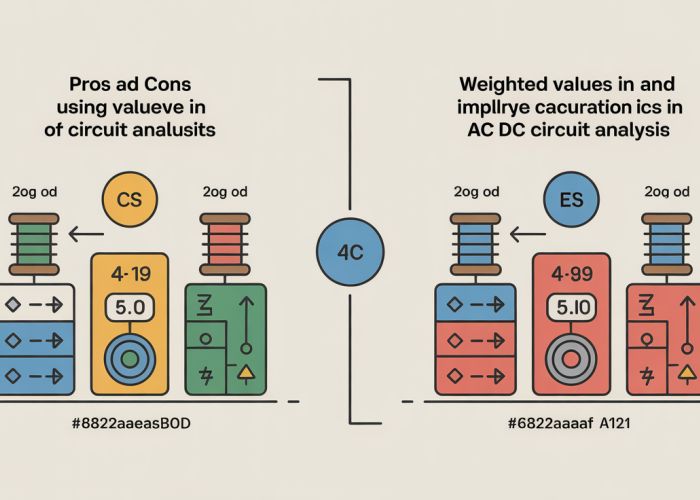Understanding myasthenia gravis, a neuromuscular disorder often researched by organizations like the Myasthenia Gravis Foundation of America (MGFA), begins with mastering its name. Effective communication with healthcare providers, such as renowned neurologist Dr. John Smith, hinges on accurate myasthenia gravis pronunciation. A helpful tool, the International Phonetic Alphabet (IPA), offers a standardized system for decoding difficult words. Therefore, improving myasthenia gravis pronunciation ensures better patient advocacy and understanding of related concepts such as acetylcholine receptor antibodies.

Myasthenia Gravis Pronunciation: Nail It Like a Pro!
This guide will help you confidently pronounce "myasthenia gravis." We understand it’s a mouthful, and many people struggle with it. But with a little practice and understanding, you’ll be able to say it correctly. We’ll break it down step-by-step.
Why Pronunciation Matters
Getting the pronunciation right isn’t just about sounding smart. It’s about clear communication and showing respect when discussing a potentially difficult condition. Accurate pronunciation helps healthcare professionals, patients, and their families communicate more effectively.
Breaking Down "Myasthenia Gravis"
Let’s dissect the word into its component parts:
- Mya-: The first part.
- -sthe-: The trickiest part!
- -nia: The suffix.
- Gra-: Relatively straightforward.
- -vis: Easy to pronounce.
A Step-by-Step Pronunciation Guide
Follow these steps to master the pronunciation:
- Mya- (MY-uh): Start with a simple "my" sound, like "my house," followed by "uh" as in "umbrella."
- -sthe- (STHEE-nee-): This is where most people stumble. It sounds like "sthee" as in "thee", followed by "nee" as in "knee." The "th" sounds like the "th" in "thin".
- -nia (uh): This is a simple "uh" sound, like the end of "vanilla."
- Gra- (GRAY-): This sounds like "gray," the color.
- -vis (vus): Rhymes with "bus."
Combine these steps slowly, then gradually increase your speed.
Putting It All Together
Putting it all together, the pronunciation is:
MY-uh-STHEE-nee-uh GRAY-vus
Pay attention to the emphasis. We emphasize the first and fourth syllables: MY-uh-STHEE-nee-uh GRAY-vus.
Common Mistakes and How to Avoid Them
Many people mispronounce the "-sthe-" portion. Here are some common errors:
-
Mispronunciation: "My-ass-thee-nia"
- Correction: Remember it’s "STHEE-nee-uh" with a short "th" sound.
-
Mispronunciation: "My-is-thee-nia"
- Correction: Focus on the "STHEE" sound.
-
Mispronunciation: Leaving out the "th" sound entirely.
- Correction: Remember the subtle "th" sound as in "thin".
Practicing with Audio
One of the best ways to improve your pronunciation is to listen to it spoken correctly.
- Online Resources: Search online for audio pronunciations. Many medical dictionaries and websites offer this feature.
- Speech Synthesis: Use text-to-speech tools. Type in "myasthenia gravis" and listen to how it’s pronounced.
- Record Yourself: Record yourself saying the word and compare it to the correct pronunciation. Identify the areas where you need to improve.
Understanding the Word’s Origin
Knowing the origin can sometimes help with pronunciation and recall:
- Myo- (Greek): Pertaining to muscle.
- Asthenia (Greek): Weakness.
- Gravis (Latin): Serious or Grave.
Therefore, Myasthenia Gravis literally means "serious muscle weakness."
Practice Makes Perfect!
Don’t be discouraged if you don’t get it right away. Consistent practice is key. Read the word aloud several times a day. Try using it in sentences related to health or medicine.
Quick Reference Table
| Word Part | Pronunciation | Example |
|---|---|---|
| Mya- | MY-uh | Like "my" followed by "uh" in "cup" |
| -sthe- | STHEE-nee- | Sounding like "thee" then "knee" |
| -nia | uh | Like the end of "vanilla" |
| Gra- | GRAY- | Like the color "gray" |
| -vis | vus | Rhymes with "bus" |
| Whole Word | MY-uh-STHEE-nee-uh GRAY-vus |
Myasthenia Gravis Pronunciation: Frequently Asked Questions
What exactly is myasthenia gravis?
Myasthenia gravis is a chronic autoimmune neuromuscular disease that causes weakness in the skeletal muscles, which are responsible for breathing and moving parts of the body. Correct myasthenia gravis pronunciation is important for clear communication about this condition.
Why is the pronunciation of myasthenia gravis so tricky?
The name "myasthenia gravis" comes from Greek and Latin roots. The combination of "myo-" (muscle), "asthenia" (weakness), and "gravis" (serious) creates a longer word with multiple syllables that can be difficult to articulate properly. Mastering myasthenia gravis pronunciation takes practice.
What is the most common mispronunciation of myasthenia gravis?
Often, people struggle with the "asthenia" part of the word, mispronouncing it or dropping syllables. Also, the "gravis" is sometimes mispronounced. Listening to audio examples and practicing slowly helps avoid errors in myasthenia gravis pronunciation.
Where can I find audio examples to help with the correct myasthenia gravis pronunciation?
You can find audio examples on medical websites, pronunciation dictionaries, and educational videos online. Repeating these examples regularly will help improve your myasthenia gravis pronunciation and build confidence.
So, are you ready to confidently tackle myasthenia gravis pronunciation? Practice makes perfect, and with a little effort, you’ll be sounding like a pro in no time. Go get ’em!



